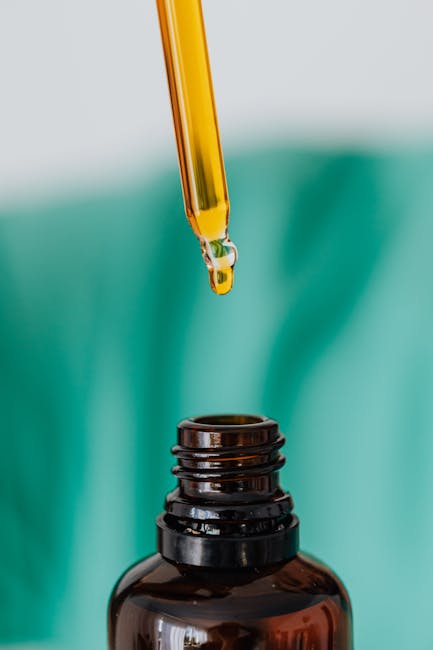Whippets: Understanding the Drug, Its Effects, and the Dangers of Abuse
Whippets, a slang term for inhaling nitrous oxide (N2O), has gained concerning popularity, particularly among young adults. While readily available in whipped cream dispensers, its recreational use poses significant health risks. This comprehensive guide delves into the nature of whippets, their effects, the dangers of abuse, and available resources for help.
What are Whippets?
Nitrous oxide, also known as laughing gas, is a colorless, odorless gas with a slightly sweet taste. In its pure form, it’s a medical anesthetic used in surgery and dentistry for its pain-relieving and sedative properties. However, the recreational use involves inhaling the gas from pressurized canisters, often those used for dispensing whipped cream. These canisters, easily accessible in many stores, are often repurposed for this dangerous practice.
The term “whippets” derives from the rapid, short bursts of inhalation, likened to the speed of a whippet dog. This method of consumption leads to a quick rush, but also increases the risk of serious side effects due to the uncontrolled and often unregulated nature of the gas source.
The Effects of Whippet Inhalation
The immediate effects of inhaling nitrous oxide are characterized by euphoria, laughter, dizziness, and a sense of detachment from reality. Users often describe a feeling of lightheadedness and altered perception. The duration of these effects is relatively short, lasting only a few minutes, which contributes to the cyclical nature of abuse, with users seeking repeated highs.

Short-Term Effects:
- Euphoria
- Dizziness
- Lightheadedness
- Hallucinations (in high doses)
- Distorted perception of time and space
- Loss of coordination
- Nausea and vomiting
- Headaches
Long-Term Effects:
While the immediate effects might seem relatively benign, the long-term consequences of whippet abuse are alarming and can be devastating. Chronic use significantly impacts various bodily systems:
- Neurological damage: Prolonged nitrous oxide inhalation deprives the body of essential oxygen, leading to potential nerve damage and even irreversible neurological disorders. This can manifest as numbness, tingling, and impaired cognitive function.
- Vitamin B12 deficiency: Nitrous oxide inhibits the body’s absorption of vitamin B12, crucial for nerve function and red blood cell production. This deficiency can result in anemia, peripheral neuropathy, and neurological problems.
- Respiratory problems: Inhaling the gas can damage the lungs and respiratory system, leading to shortness of breath, wheezing, and potentially more severe conditions.
- Mental health issues: Chronic whippet use can exacerbate existing mental health problems and trigger new ones, including depression, anxiety, and psychosis. The unpredictable nature of the effects can significantly impact mental well-being.
- Cardiovascular issues: While not as immediate as some other effects, prolonged abuse can increase the risk of cardiovascular problems due to the body’s oxygen deprivation.
- Death: In extreme cases, inhaling nitrous oxide can lead to death through asphyxiation due to oxygen deprivation, or through cardiac arrest.
Dangers of Whippet Abuse
The dangers of whippet abuse extend beyond the immediate and long-term health consequences. Several factors contribute to the risk:

Accessibility:
The readily available nature of whipped cream chargers makes nitrous oxide easily accessible, particularly to young people. This accessibility significantly increases the potential for experimentation and subsequent addiction.
Unregulated Source:
Unlike pharmaceutical-grade nitrous oxide, the gas obtained from whipped cream chargers is unregulated. There’s no guarantee of its purity, potentially introducing contaminants that further increase health risks.
Risk of Suffocation:
Inhaling nitrous oxide displaces oxygen in the body, leading to hypoxia (oxygen deficiency). This can cause unconsciousness and, in severe cases, death through asphyxiation.

Addiction:
While not physically addictive in the same way as opioids, nitrous oxide can be psychologically addictive. The short-lived high encourages repetitive use, leading to a dependence on the euphoric effects and potentially a cycle of abuse.
Seeking Help for Whippet Addiction
If you or someone you know is struggling with whippet addiction, seeking professional help is crucial. Several resources are available:
- SAMHSA National Helpline: 1-800-662-HELP (4357) – Provides confidential treatment referral and information services.
- National Institute on Drug Abuse (NIDA): Offers comprehensive information on drug abuse and addiction, including resources for treatment and recovery.
- Local addiction treatment centers: Many communities offer specialized treatment programs for substance abuse, including those dealing with inhalant abuse.
- Support groups: Connecting with others facing similar challenges can provide invaluable support and understanding during recovery.
Conclusion
Whippet abuse is a serious issue with far-reaching consequences. While the initial effects might seem trivial, the potential for long-term health damage, mental health complications, and even death is undeniable. Raising awareness about the dangers of nitrous oxide inhalation and providing access to effective treatment and support are crucial steps in combating this growing problem.
Remember, seeking help is a sign of strength, not weakness. If you’re struggling, reach out for support. Your health and well-being are worth it.

